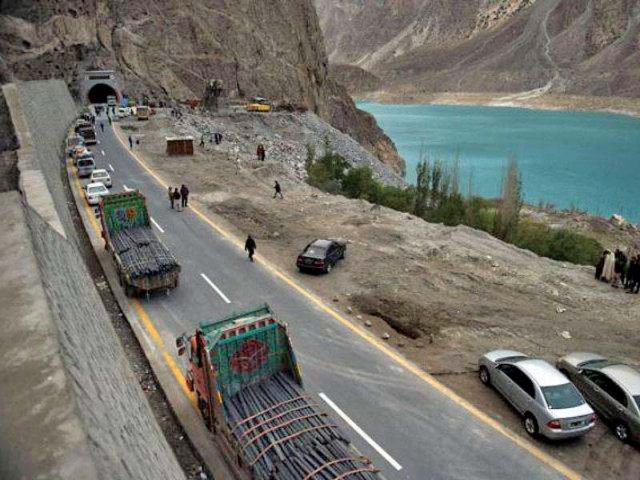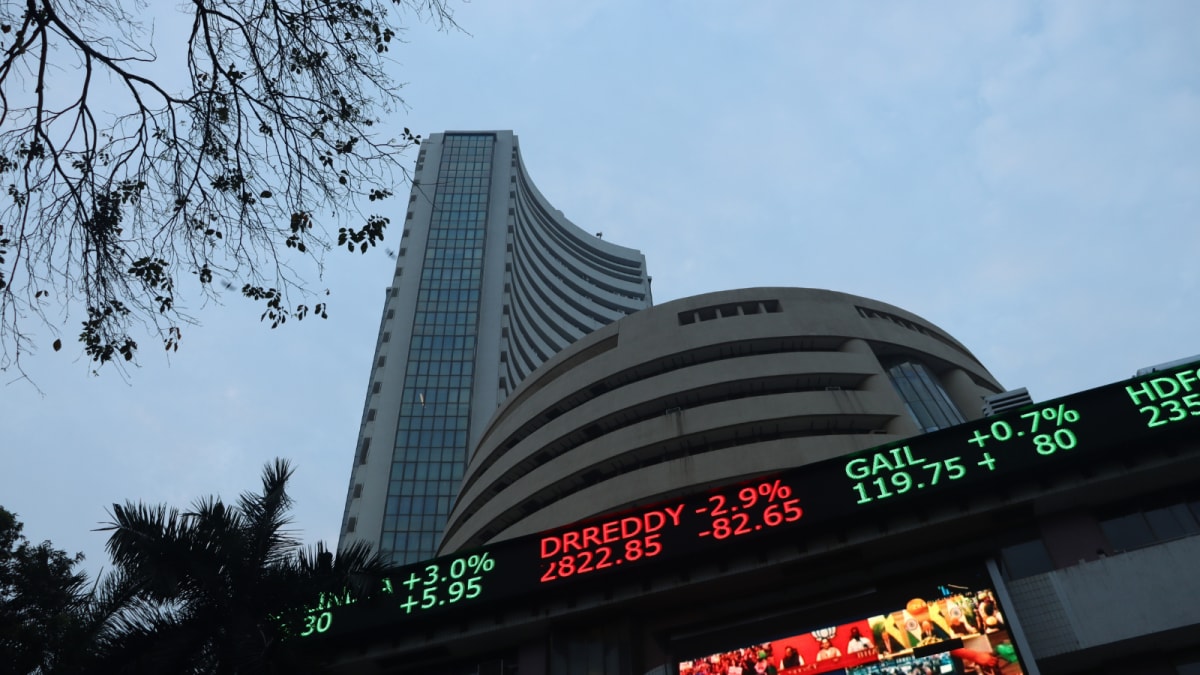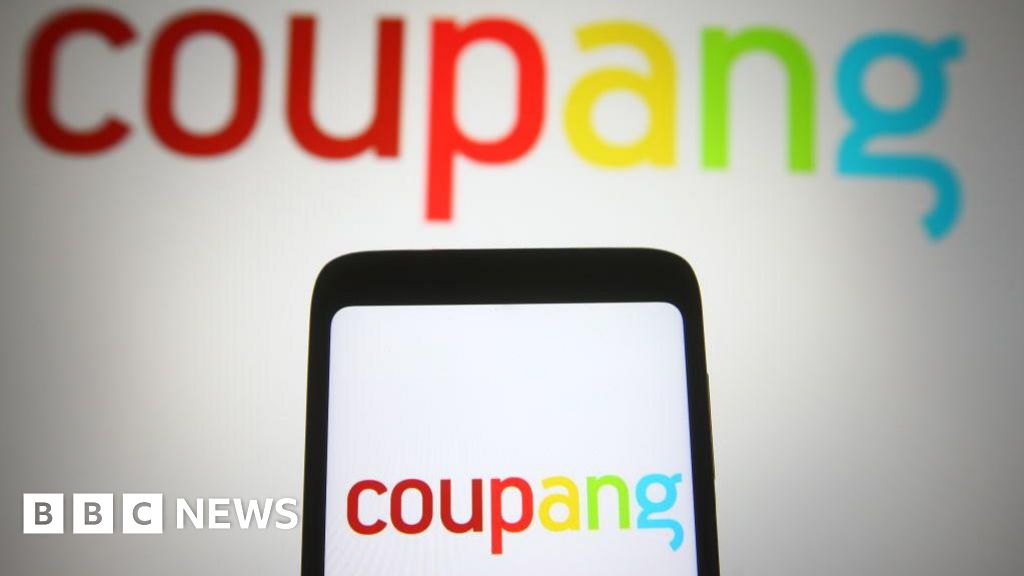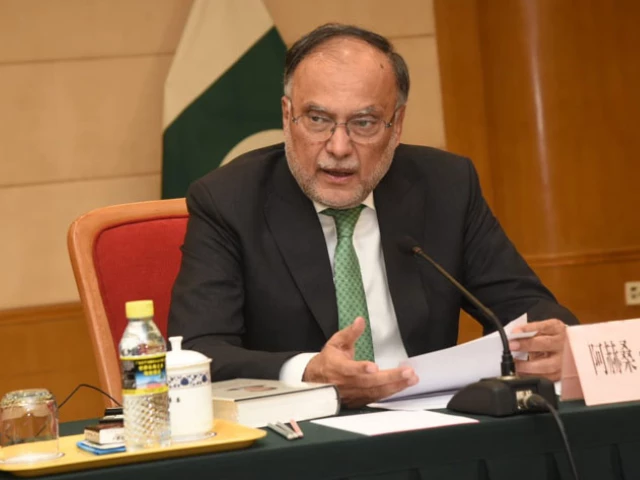Business
CPEC integration to benefit Kabul immensely | The Express Tribune

LAHORE:
The China-Pakistan Economic Corridor (CPEC) is poised to open vast avenues for socio-economic development and regional connectivity for Afghanistan, stated Zafar Iqbal, Acting President of the Pakistan-China Joint Chamber of Commerce and Industry (PCJCCI), during a think-tank session held at the PCJCCI Secretariat.
He emphasised that CPEC would be a game changer for Afghanistan as it emerges as a central hub in the evolving trade and transit ecosystem in the region.
With Uzbekistan, Tajikistan and other Central Asian Republics planning to utilise Gwadar Port, Afghanistan stands to benefit immensely from transit trade, connectivity and infrastructure investment. “Afghanistan is no longer a landlocked country; with CPEC, it becomes a land-linked trade corridor between Central Asia, South Asia and the Middle East,” Iqbal remarked.
Business
Key Financial Deadlines That Have Been Extended For December 2025; Know The Last Date

New Delhi: Several crucial deadlines have been extended in December 2025, including ITR for tax audit cases, ITR filing and PAN and Aadhaar linking. These deadlines will be crucial in ensuring that your financial affairs operate smoothly in the months ahead.
Here is a quick rundown of the important deadlines for December to help you stay compliant and avoid last-minute hassles.
ITR deadline for tax audit cases
The Central Board of Direct Taxes has extended the due date of furnishing of return of income under sub-Section (1) of Section 139 of the Act for the Assessment Year 2025-26 which is October 31, 2025 in the case of assessees referred in clause (a) of Explanation 2 to sub-Section (1) of Section 139 of the Act, to December 10, 2025.
Belated ITR filing deadline
A belated ITR filing happens when an ITR is submitted after the original due date which is permitted by Section 139(4) of the Income Tax Act. Filing a belated return helps you meet your tax obligations, but it involves penalties. You can only file a belated return for FY 2024–25 until December 31, 2025. However, there will be a late fee and interest charged.
PAN and Aadhaar linking deadline
The Income Tax Department has extended the deadline to link their PAN with Aadhaar card to December 31, 2025 for anyone who acquired their PAN using an Aadhaar enrolment ID before October 1, 2024. If you miss this deadline your PAN will become inoperative which will have an impact on your banking transactions, income tax return filing and other financial investments.
Business
Stock Market Live Updates: Sensex, Nifty Hit Record Highs; Bank Nifty Climbs 60,000 For The First Time

Stock Market News Live Updates: Indian equity benchmarks opened with a strong gap-up on Monday, December 1, touching fresh record highs, buoyed by a sharp acceleration in Q2FY26 GDP growth to a six-quarter peak of 8.2%. Positive cues from Asian markets further lifted investor sentiment.
The BSE Sensex was trading at 85,994, up 288 points or 0.34%, after touching an all-time high of 86,159 in early deals. The Nifty 50 stood at 26,290, higher by 87 points or 0.33%, after scaling a record intraday high of 26,325.8.
Broader markets also saw gains, with the Midcap index rising 0.27% and the Smallcap index advancing 0.52%.
On the sectoral front, the Nifty Bank hit a historic milestone by crossing the 60,000 mark for the first time, gaining 0.4% to touch a fresh peak of 60,114.05.
Meanwhile, the Metal and PSU Bank indices climbed 0.8% each in early trade.
Global cues
Asia-Pacific markets were mostly lower on Monday as traders assessed fresh Chinese manufacturing data and increasingly priced in the likelihood of a US Federal Reserve rate cut later this month.
According to the CME FedWatch Tool, markets are now assigning an 87.4 per cent probability to a rate cut at the Fed’s December 10 meeting.
China’s factory activity unexpectedly slipped back into contraction in November, with the RatingDog China General Manufacturing PMI by S&P Global easing to 49.9, below expectations of 50.5, as weak domestic demand persisted.
Japan’s Nikkei 225 slipped 1.6 per cent, while the broader Topix declined 0.86 per cent. In South Korea, the Kospi dropped 0.30 per cent and Australia’s S&P/ASX 200 was down 0.31 per cent.
US stock futures were steady in early Asian trade after a positive week on Wall Street. On Friday, in a shortened post-Thanksgiving session, the Nasdaq Composite climbed 0.65 per cent to 23,365.69, its fifth consecutive day of gains.
The S&P 500 rose 0.54 per cent to 6,849.09, while the Dow Jones Industrial Average added 289.30 points, or 0.61 per cent, to close at 47,716.42.
Business
South Korea: Online retail giant Coupang hit by massive data leak

Osmond ChiaBusiness reporter
 Getty Images
Getty ImagesSouth Korea’s largest online retailer, Coupang, has apologised for a massive data breach potentially involving nearly 34 million local customer accounts.
The country’s internet authority said that it is investigating the breach and that details from the millions of accounts have likely been exposed.
Coupang is often described as South Korea’s equivalent of Amazon.com. The breach marks the latest in a series of data leaks at major firms in the country, including its telecommunications giant, SK Telecom.
Coupang told the BBC it became aware of the unauthorised access of personal data of about 4,500 customer accounts on 18 November and immediately reported it to the authorities.
But later checks found that some 33.7 million customer accounts – all in South Korea – were likely exposed, said Coupang, adding that the breach is believed to have begun as early as June through a server based overseas.
The exposed data is limited to name, email address, phone number, shipping address and some order histories, Coupang said.
No credit card information or login credentials were leaked. Those details remain securely protected and no action is required from Coupang users at this point, the firm added.
The number of accounts affected by the incident represents more than half of South Korea’s roughly-52 million population.
Coupang, which is founded in South Korea and headquartered in the US, said recently that it had nearly 25 million active users.
Coupang apologised to its customers and warned them to stay alert to scams impersonating the company.
The firm did not give details on who is behind the breach.
South Korean media outlets reported on Sunday that a former Coupang employee from China was suspected of being behind the breach.
The authorities are assessing the scale of the breach as well as whether Coupang had broken any data protection safety rules, South Korea’s Ministry of Science and ICT said in a statement.
“As the breach involves the contact details and addresses of a large number of citizens, the Commission plans to conduct a swift investigation and impose strict sanctions if it finds a violation of the duty to implement safety measures under the Protection Act.”
The incident marks the latest in a series of breaches affecting major South Korean companies this year, despite the country’s reputation for stringent data privacy rules.
SK Telecom, South Korea’s largest mobile operator, was fined nearly $100m (£76m) over a data breach involving more than 20 million subscribers.
In September, Lotte Cards also said the data of nearly three million customers was leaked after a cyber-attack on the credit card firm.
-

 Sports1 week ago
Sports1 week agoWATCH: Ronaldo scores spectacular bicycle kick
-

 Entertainment1 week ago
Entertainment1 week agoWelcome to Derry’ episode 5 delivers shocking twist
-

 Politics1 week ago
Politics1 week agoWashington and Kyiv Stress Any Peace Deal Must Fully Respect Ukraine’s Sovereignty
-

 Business1 week ago
Business1 week agoKey economic data and trends that will shape Rachel Reeves’ Budget
-

 Tech6 days ago
Tech6 days agoWake Up—the Best Black Friday Mattress Sales Are Here
-

 Fashion7 days ago
Fashion7 days agoCanada’s Lululemon unveils team Canada kit for Milano Cortina 2026
-

 Tech6 days ago
Tech6 days agoThe Alienware Aurora Gaming Desktop Punches Above Its Weight
-

 Politics1 week ago
Politics1 week ago53,000 Sikhs vote in Ottawa Khalistan Referendum amid Carney-Modi trade talks scrutiny


1729471601-0/image-(8)1729471601-0-640x480.webp)








